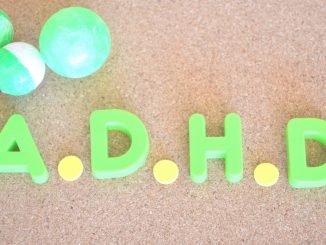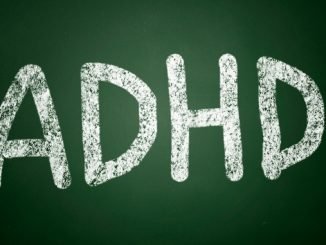
Benefit of this study is that it allows symptoms of attention deficit disorder to be directly identified so that the severity of the patient’s inattention can be objectively assessed
Adapting a traditional endless runner video game and using a raccoon as its protagonist, a team of researchers has developed a platform that allows the identification and evaluation of the degree of attention deficit hyperactivity disorder (ADHD) in children and adolescents.
The study was led by researchers from the Universidad Carlos III de Madrid (UC3M) and the Complutense University of Madrid (UCM, in its Spanish acronym), among other institutions. ADHD is a neurodevelopmental disorder with an estimated prevalence of 7.2 per cent in children and adolescents, according to the latest evaluations. It is clinically diagnosed on the basis of the judgement of healthcare professionals using the patient’s medical history, often supported by scales completed by caregivers and/or teachers. No diagnostic test has been developed for ADHD to date.
In a paper recently published in Brain Sciences, this team of researchers proposed using a video game that children are already familiar with to identify the symptoms of ADHD and evaluate the severity of the lack of attention in each case.
In this game genre, the player has a running avatar, which they have to use to avoid different obstacles on their way. “In our game, the avatar is a raccoon that has to jump in order to avoid falling into holes it encounters on its route,” explains David Delgado Gomez, the lead author and professor at the UC3M’s Department of Statistics.
“We hypothesise that children diagnosed with ADHD inattentive subtype will make more mistakes by omission and will jump closer to the hole as a result of the symptoms of inattention,” says another author Inmaculada Penuelas Calvo, a psychiatrist at Jimenez Diaz Foundation University Hospital and professor at the UCM’s Department of Personality, Evaluation and Clinical Psychology.
The main benefit of this study is that it allows symptoms of attention deficit disorder to be directly identified so that the severity of the patient’s inattention can be objectively assessed, say the researchers. Therefore, it could be used to supplement the initial diagnosis as well as to assess the evolution of symptoms or even the effectiveness of treatment.
There are also other important advantages such as the fact that each test would only take seven minutes to complete and does not require specific hardware, which reduces its cost significantly. In fact, conventional personal computers, tablets, or mobile devices can be used, allowing remote assessments to be done. “Our results indicate that a shorter test may be enough to accurately assess the clinical symptoms of ADHD. This feature makes it particularly attractive in clinical settings where there is a lack of time,” the researchers note.
A rapid test that allows early diagnosis of attention deficit disorder
The study was carried out in collaboration with a group of 32 children, between 8 and 16 years of age, diagnosed with ADHD by the Child and Adolescent Psychiatry Unit at the Jimenez Diaz Foundation University Hospital. As each child was taking the test, supervised by a trained professional, the appropriate caregiver completed the inattention subscale in the attention deficit hyperactivity disorder and normal behaviour symptom classification scale (SWAN), which is an inventory of reports from parents and caregivers developed to evaluate the ADHD symptoms.

In the game, the raccoon has to jump over 180 holes that are grouped into 18 blocks. “Each block is identified by the speed of the raccoon, the length of the trunk, and the width of the hole. The length of the trunk and the speed of the avatar determine the time between stimuli, which is about 1.5, 2.5, and 3.5 seconds, while the width of the hole determines how difficult it is to jump over,” Penuelas explains.
Currently, attention deficit disorder diagnosis depends mainly on the healthcare professionals’ experience and the teacher or caregiver’s observation skills. Several studies have determined that these assessments may be altered, by affective factors for example. Therefore, “the development of attention deficit disorder diagnostic methods such as those proposed in this paper may favour early diagnosis and thus improve these patients’ prognosis,” Gomez concludes.



